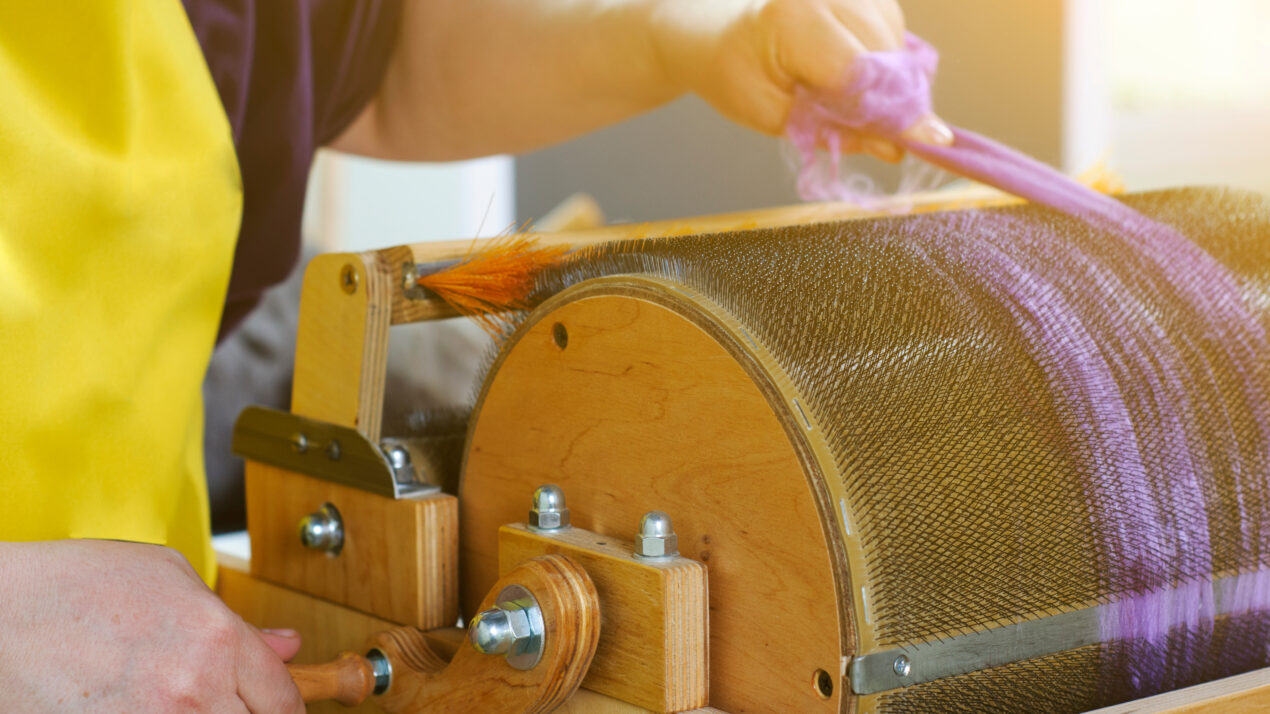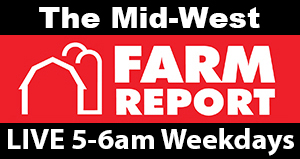
Processing wool and fiber takes time and skill. However, there has been a shift away from demand for the raw product as more consumers look for the finished result.
Carol Wagner is the owner of Hidden Valley Farm and Woolen Mill in Valders. She shares more about the state’s sheep and fiber industry, and she details the work that goes into producing fiber.
“The amount of labor that goes into getting the fiber into a spinnable form is huge,” says Wagner. “The biggest limiting factor is actually washing the fiber. Washing the fiber and getting the grease out is not an easy thing.”
Wagner adds that she has seen a trend away from people purchasing her raw wool, but rather, they are looking for the final product. She also finds that people are straying away from natural colors and prefer dyed products with add-ins such as bamboo and silk.
Wagner goes on to share that there are a wide variety of educational opportunities for people interested in learning how to process wool and fiber and spin their own products. She says the biggest thing that people can do is simply ask questions because so many processors are eager to pass on their skills.

Leave a Reply